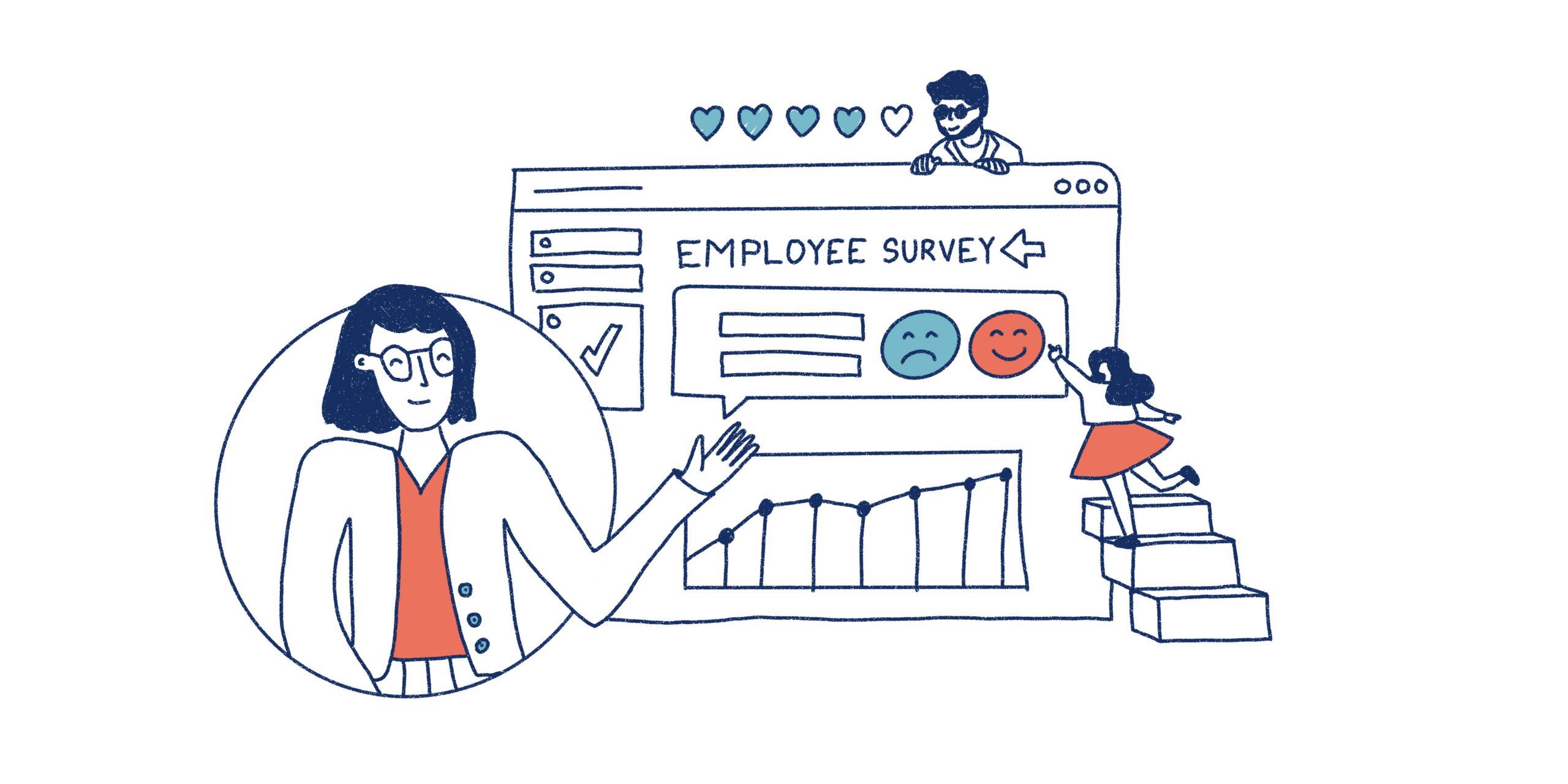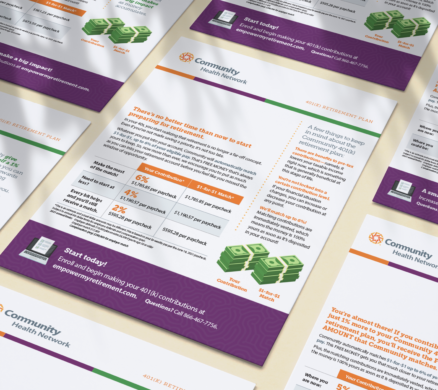
Employees want to know their companies cares about them. This has been particularly evident as we’ve navigated COVID-19 and the ways in which it has impacted daily home and work schedules of employees everywhere. One way to demonstrate care is by gathering feedback—and a well-crafted employee survey can be a great tool to do that.
While surveying employees at any point can provide beneficial information, it is especially valuable during a pandemic, recession or other highly stressful times. It shows that employees are a priority. It’s acknowledgement that you care about them and their overall well-being. And it shows you are listening—particularly if you take actions based on survey results.
And make no mistake, it benefits your company, too.
Benefit #1: Surveys give you crucial insight into how best to support employees. A confidential employee survey often provides more insight than you may get if one of your managers or HR representatives asks a question for a direct response.
Benefit #2: Employee surveys help identify opportunities to change the culture, improve performance, enhance (or add) a benefit or program or make more informed hiring decisions.
Planning is Key
To get the most from the survey, you need to give consideration to:
Who you survey: Entire employee population or a specific segment?
What you’re trying to accomplish: What do you want to find out or learn?
How it can benefit the employee and the company: How will you use the data? Are there any engagement goals you can then use as a company?
And while the tendency is to address a long laundry list of questions, you’ll garner more results—and richer data—if you keep the survey short and focus on just a few key items.
Keep these tips in mind as you construct your survey:
- Limit the survey to 10 questions or less.
- Make sure questions are short, specific and easy to understand.
- Don’t ask leading questions.
- Consider using a Likert or satisfaction scale.
Going Beyond the Survey
Don’t be surprised if after you evaluate survey responses you want to dig deeper. Surveys are a great first step in gauging the pulse of your organization. It’s not uncommon to make generalizations of the total employee population based on survey results of only those who responded. Short pulse surveys should be used overtime and as a launching pad for more discovery through focus groups, 1:1 interviews or user testing. Taking it one step further allows organizations to clarify feedback or unearth other information that will be useful as you put action plans in place. These discovery tools are perfect when you want to garner information beyond a “yes” or “no” or level of satisfaction or dissatisfaction. Leverage open-ended questions that seek to learn opinions or experiences. You can do that by asking questions like “What do you think about…?” or “How do you feel about…?”
Healthy Culture and Better Business
Whether you’re surveying your employees or conducting focus groups, be sure to think about your audience, your goals and, ultimately, how these efforts communicate your care and concern for employees—both before and after you gather information. In the end, when you encourage a collaboration of ideas with employees, you’re likely to achieve a healthier culture, which always leads to better business!
Want to chat? Reach out at helloindy@westcomm.com or follow us @westcomm on LinkedIn for more insights.





